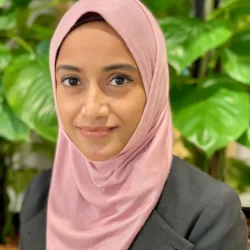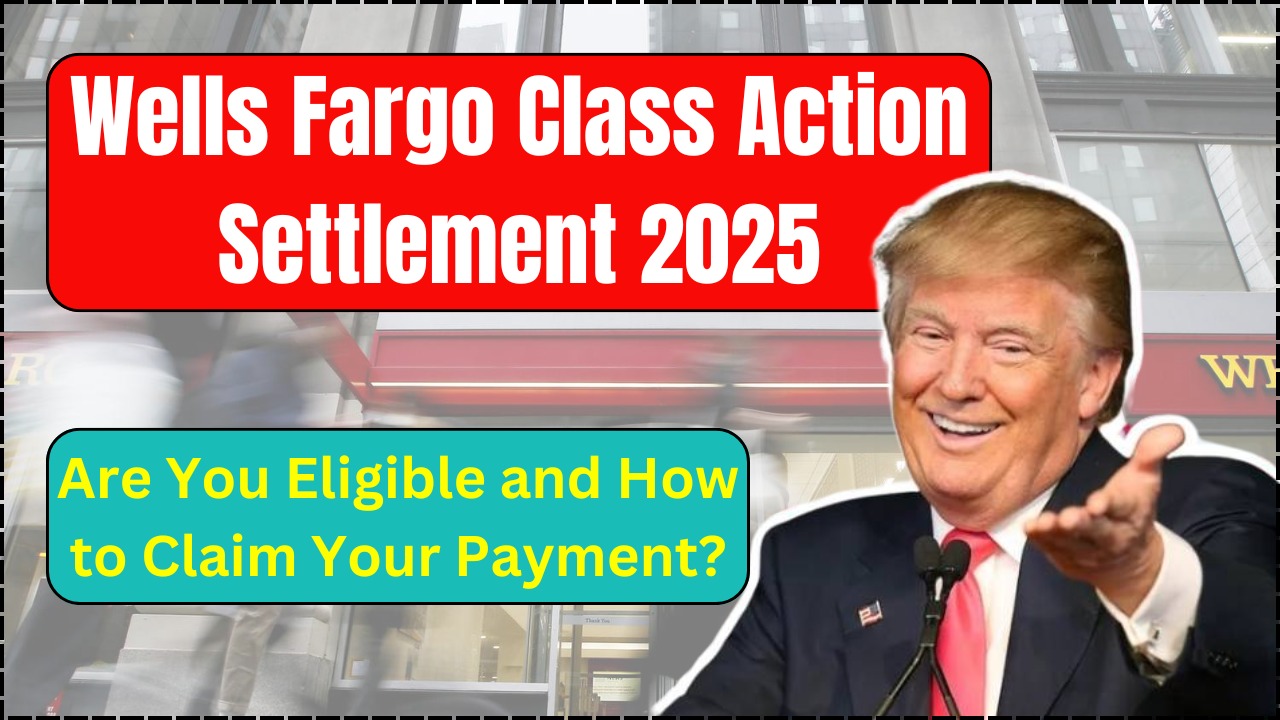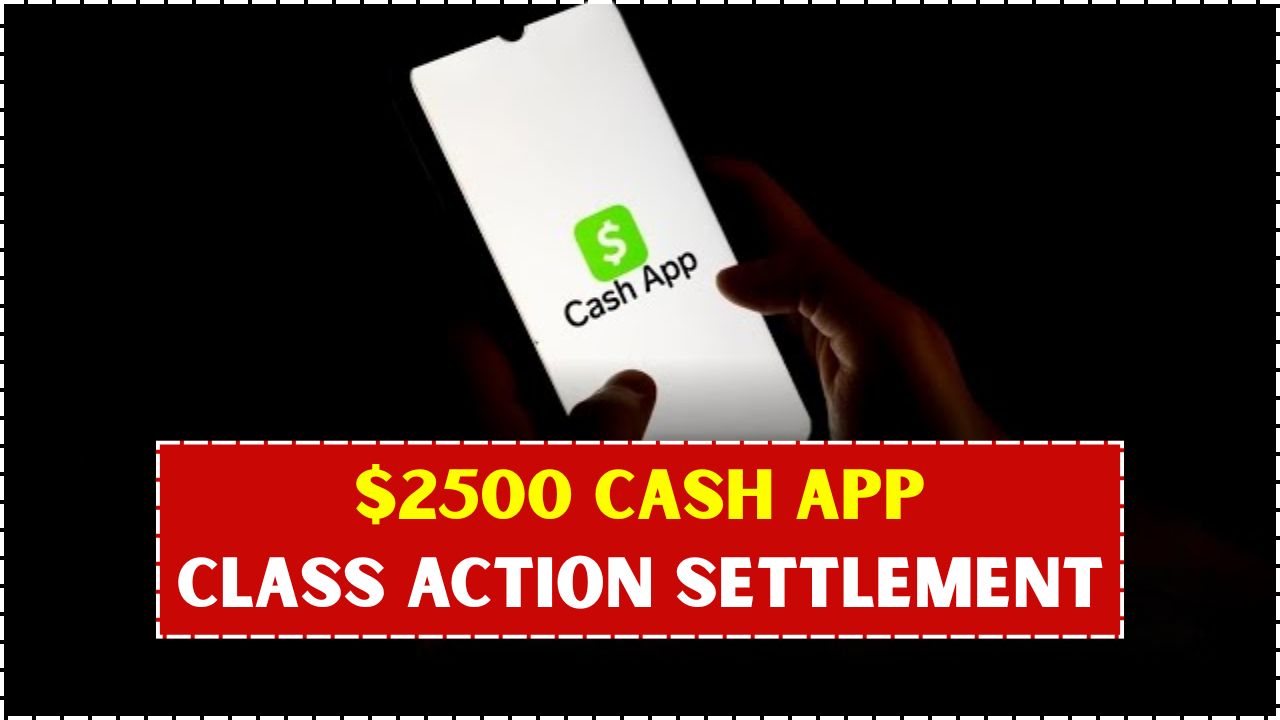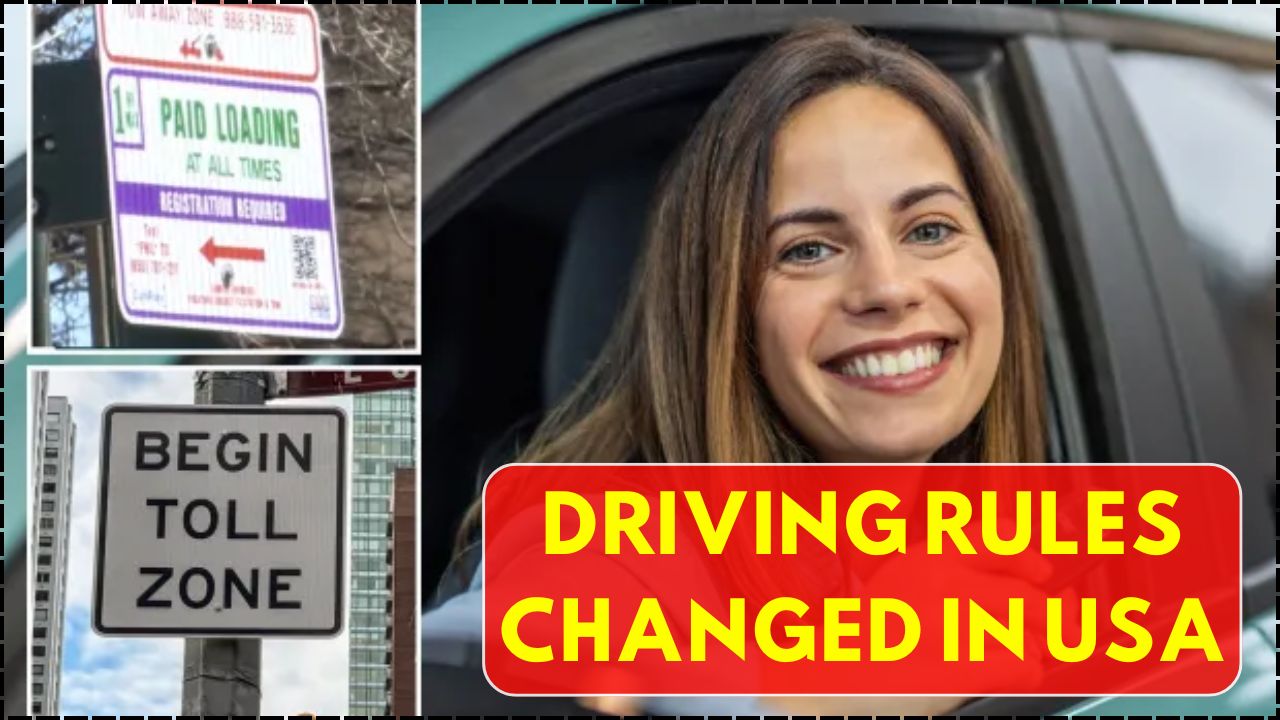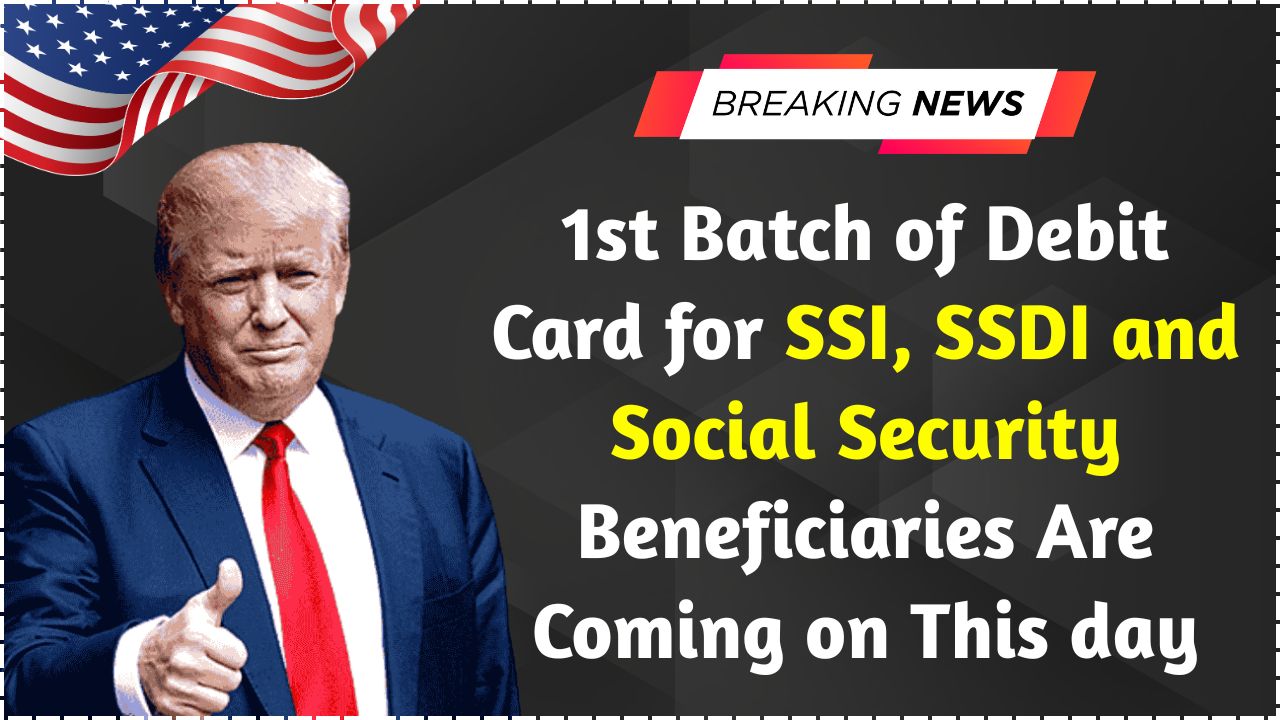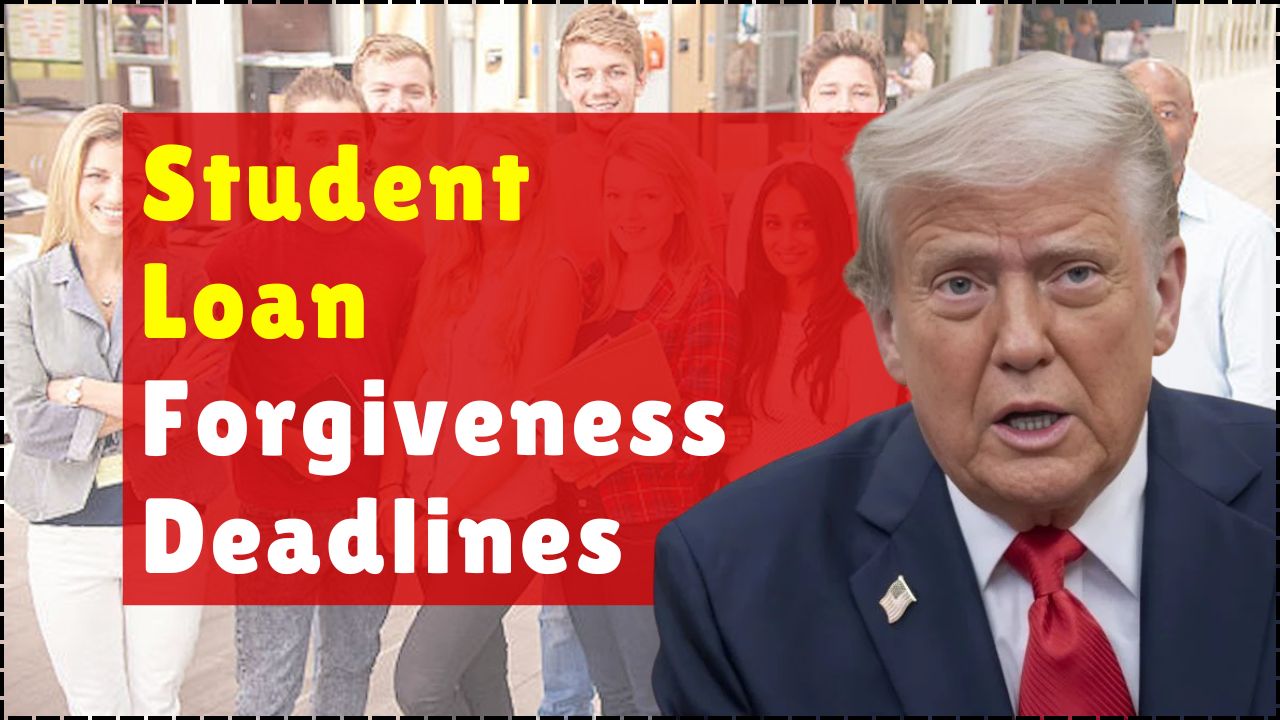
As millions of Americans continue to face the weight of educational debt, the U.S. Department of Education has launched a vital opportunity for relief through its 2025 Student Loan Forgiveness Programs. This government-backed initiative, primarily targeting low- and middle-income borrowers under income-driven repayment plans, comes with a firm deadline of June 30, 2025. In this comprehensive guide, we’ll break down everything you need to know—from eligibility criteria and program types to how to apply—so you can act before the deadline and possibly eliminate your student debt.
Table of Contents
Overview
| Feature | Details |
|---|---|
| Application Deadline | June 30, 2025 |
| Eligibility | Based on loan type, income, repayment history, and employment sector |
| Types of Loans Covered | Federal loans: Direct Subsidized, Direct Unsubsidized, PLUS, Consolidation |
| Forgiveness Amount | $5,000 to 100% loan cancellation depending on the program |
| Employment Requirement | Required for Public Service & Teacher Loan Forgiveness |
| Private Loans Eligible? | No |
| Application Method | Online or by mail, depending on the program |
| Official Site to Apply | studentaid.gov |
Eligibility Criteria
Eligibility depends on several factors such as the type of loan, employment, income, and repayment duration.
1. Loan Type
Only federal student loans are eligible. These include:
- Direct Subsidized Loans
- Direct Unsubsidized Loans
- Direct PLUS Loans (for graduate students or parents)
- Direct Consolidation Loans
Private loans are not included in this round of forgiveness.
2. Repayment History
Applicants must be on an income-driven repayment (IDR) plan and should have consistently made qualifying payments for a certain number of years. Some plans may forgive remaining debt after 10, 20, or 25 years.
3. Employment Type
Some forgiveness programs are occupation-based. Those in the following fields may qualify:
- Teachers (especially in low-income schools)
- Government employees
- Military personnel
- Healthcare workers
- Employees of qualifying non-profits
Forgiveness Amount:
The exact amount forgiven varies by program. Here’s a breakdown:
1. Public Service Loan Forgiveness (PSLF)
- Forgives 100% of the remaining balance after 120 qualifying monthly payments.
- Payments must be made under a qualifying repayment plan.
- Applicants must work full-time for a qualifying public service employer.
2. Income-Driven Repayment (IDR) Plans
- Forgiveness kicks in after 20–25 years of qualifying payments.
- Includes plans like:
- PAYE (Pay As You Earn)
- SAVE (Saving on a Valuable Education) – Formerly REPAYE
- IBR (Income-Based Repayment)
- ICR (Income-Contingent Repayment)
3. Teacher Loan Forgiveness
- Eligible teachers may receive $5,000 to $17,500 in forgiveness.
- Must have taught full-time in a low-income school or educational service agency for five consecutive years.
How to Apply –
If you meet the eligibility requirements, follow these steps to apply before the June 30 deadline:
Step 1: Identify the Right Forgiveness Program
Not every program suits everyone. Compare PSLF, IDR, and Teacher Forgiveness options based on your profession, loan type, and repayment history.
Step 2: Gather Required Documents
Each program has its own documentation needs. For example:
- PSLF applicants must submit an Employment Certification Form.
- Teachers need proof of service in eligible schools.
- All applicants must ensure their income tax and payment history are up-to-date in the FSA system.
Step 3: Complete the Application
- Visit studentaid.gov to apply.
- Some forms may require mailing, while others are available online.
- Avoid third-party services that charge a fee—applications are completely free through the U.S. Department of Education.
Step 4: Track Your Application
Log in to your Federal Student Aid account and click on “View All Activity” to check your progress. You can also contact your loan servicer for updates.
Types of Student Loan Forgiveness Programs Explained
Let’s take a closer look at the major forgiveness programs available in 2025:
1. Public Service Loan Forgiveness (PSLF)
- Best for: Teachers, government employees, military, and nonprofit workers
- Requirement: 120 on-time payments under a qualifying repayment plan
- Benefit: Full loan balance cancellation
2. Income-Driven Repayment (IDR) Plans
- Best for: Borrowers with a high debt-to-income ratio
- Plans:
- PAYE
- SAVE (formerly REPAYE)
- IBR
- ICR
- Benefit: Loan forgiveness after 20-25 years of payments
3. Teacher Loan Forgiveness
- Best for: Educators working in designated schools
- Requirement: 5 consecutive years of full-time teaching
- Benefit: Forgiveness between $5,000 and $17,500
Conclusion
The 2025 Student Loan Forgiveness Program represents a critical opportunity for borrowers to receive much-needed financial relief. Whether you’re a public servant, teacher, or a graduate with decades of debt, now is the time to act. With the application deadline set for June 30, 2025, it is essential to understand your options and apply as soon as possible. The path to freedom from student loans starts with knowledge and timely action.
Q1: What is the last date to apply for student loan forgiveness in 2025?
Ans: The final deadline is June 30, 2025.
Q2: Can private student loans be forgiven under this program?
Ans: No, only federal loans are eligible for forgiveness.
Q3: Do I have to pay a fee to apply for student loan forgiveness?
Ans: No, the application is completely free through the Department of Education.




